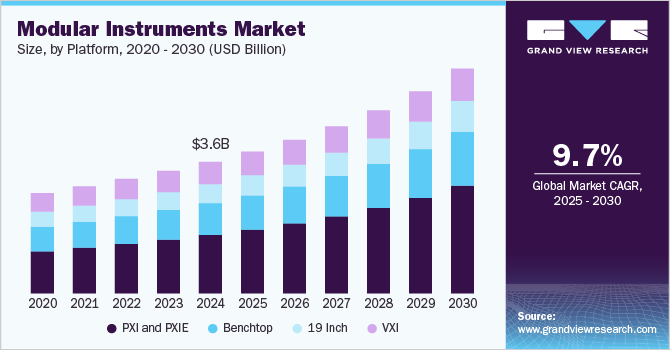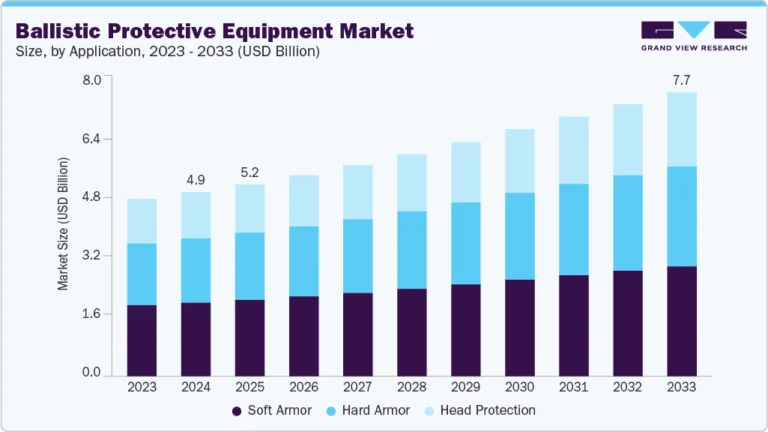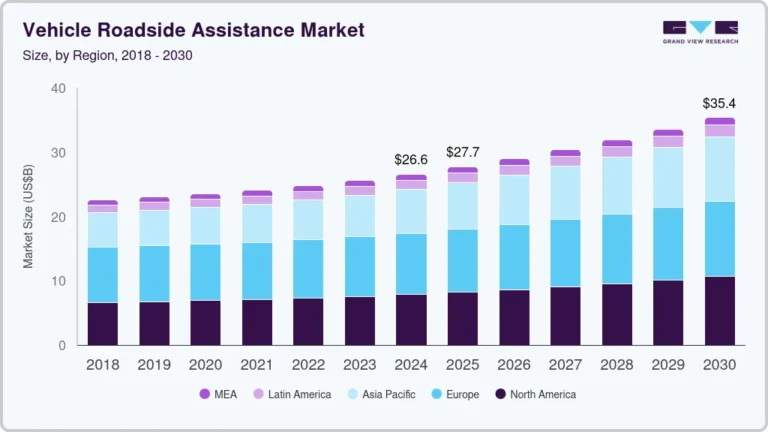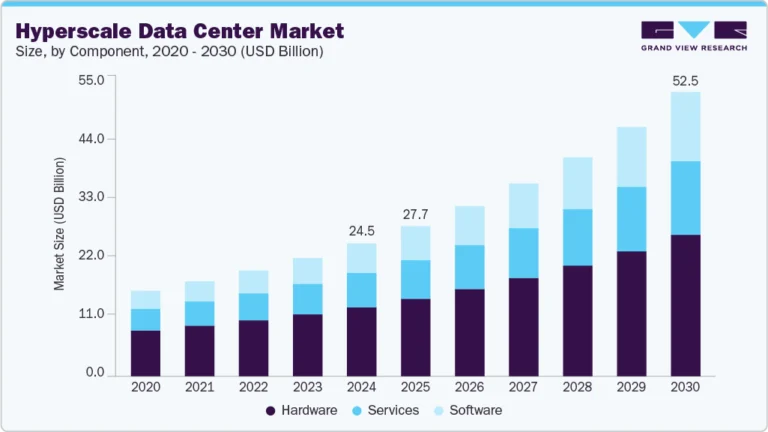Telecom Power Systems Market Size, Share & Trends Analysis grow at a compound annual growth rate (CAGR) of 12.2% from 2023 to 2030

The global telecom power systems market size was valued at USD 3.30 billion in 2022 and is anticipated to grow at a compound annual growth rate (CAGR) of 12.2% from 2023 to 2030. These power systems are designed for fixed-line applications and wireless broadband access. Factors such as the growing penetration of telecom towers in remote locations, as well as the increasing deployment of cell power systems used for LTE networks, are expected to fuel market growth over the forecast period. Telecom power systems are designed to support telecommunication services by controlling and monitoring the flow of power in case there are any disruptions or grid power fluctuations in the network. The market has evolved in recent years due to the large-scale adoption of digital disruptive technologies and their integration into telecom infrastructure.
Request a free sample copy or view report summary: https://www.grandviewresearch.com/industry-analysis/telecom-power-system-market/request/rs1
The significant rise in cellular data traffic has encouraged the expansion of mobile networks even in remote and rural areas. Moreover, the rapid increase in the adoption of a range of connected devices has stimulated the deployment of picocells and femtocells, which require power systems. This continuous expansion of cellular networks for improving connectivity infrastructure is creating opportunities for the market globally.
To cater to the rising demand for faster connections, telecom operators are integrating their products with next-generation Wi-Fi 6, and 5G networks, and other advanced wireless technologies. Telecom operators are also offering products equipped with increased data capacities, lower latency, precise location sensing, and greater device density. For instance, Robert Bosch GmbH, an industrial technology conglomerate, collaborated with Nokia and launched a new private 5G network at its lead Industry 4.0 plant in Stuttgart-Feuerbach, Germany, in November 2020.
The rising focus of businesses on reducing the environmental impact and carbon footprint of their operations could create growth avenues for renewable energy-powered telecom power systems in the future. The global telecom power system market can benefit from renewable power by allowing businesses to reduce operational costs while also meeting carbon emission targets significantly.
Several regulatory bodies worldwide are favoring the establishment of hybrid power plants to ensure the viability of power systems in locations with more consumption requirements. For instance, directives issued by the Department of Telecommunication (DoT), India, recommended that 33% of the telecom towers in India’s urban areas and 75% of telecom towers in its rural areas be hybrid-powered by 2020.
The COVID-19 pandemic and subsequent restrictions imposed by the governments of various countries compelled a large share of the global population to spend more time working remotely from their homes. This led to a sudden increase in data consumption and a significant rise in demand for faster internet, overloading the existing telecom infrastructure and boosting the demand for advanced telecom power systems. Leading telecom service providers are leveraging advanced telecom power systems to maintain a continuous power supply without any outages and fluctuations in the IT sector.
Power Source Insights
The diesel-battery segment held the largest revenue share of 43.1% in 2022. This power system helps reduce carbon emissions and needs lower capital investment. Consequently, these power sources are majorly preferred in developing countries, including Mexico, Brazil, and India. Telecom operators in these countries are increasingly employing diesel-battery solutions to charge telecom towers as an economically feasible option. The diesel-wind segment is expected to foresee significant growth over the forecast period owing to the installation of new plants, long-term contracts, and priority access to the grids.






